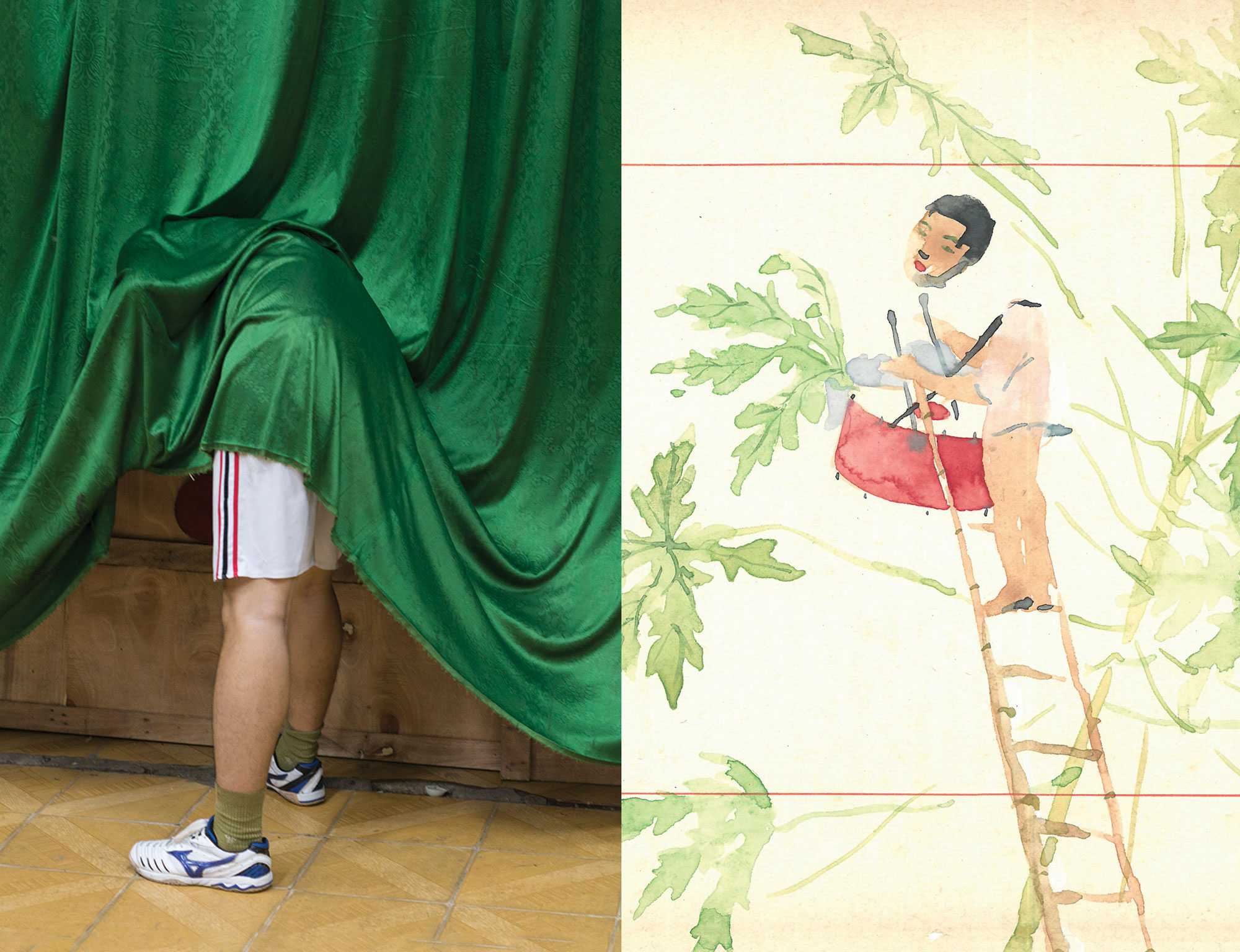A Beast, a God and a Line, 30.11 - 16.2 2020, Kunsthall Trondheim, Norway
Nabil Ahmed, Anida Yoeu Ali, Malala Andrialavidrazana, Joël Andrianomearisoa, Daniel Boyd, Sarat Mala Chakma, Chandrakant Chitara, Rashid Choudhury, Christy Chow, Cian Dayrit, Ines Doujak, Gauri Gill, Simryn Gill, Sheela Gowda, Garima Gupta, Taloi Havini, Huang Rui, Dilara Begum Jolly, Jrai Dew Collective (curated by Art Labor), Jaffa Lam, Jiun-Yang Li, Charles Lim Yi Yong, Lavanya Mani, Moelyono, Manish Nai, Sarah Naqvi, Nguyen Trinh Thi, Jakrawal Nilthamrong, Nontawat Numbenchapol, Jimmy Ong, Anand Patwardhan, Etan Pavavalung, Paul Pfeiffer, Thao-Nguyen Phan, Sheelasha Rajbhandari, Joydeb Roaja, Norberto Roldan, Zamthingla Ruivah, Ampannee Satoh, Chai Siris, Simon Soon (with RJ Camacho and Celestine Fadul), Than Sok, Su Yu Hsien, Truong Công Tùng, Raja Umbu, Rajesh Vangad, Munem Wasif, Apichatpong Weerasethakul, Ming Wong, Lantian Xie, Sawangwongse Yawnghwe, Trevor Yeung, Tuguldur Yondonjamts
Para Site and Kunsthall Trondheim are delighted to present A beast, a god, and a line in Trondheim, Norway. Curated by Cosmin Costinas, this expansive travelling exhibition is woven through the connections and circulations of ideas and forms across a geography commonly called Asia-Pacific. Arbitrary as any mapping, not least in contemporary art exhibitions, it could also be known by several other definitions, which the exhibition explores and untangles. The stories in A beast, a god, and a line journey on routes going back to several historical eras, starting from the early Austronesian world that has woven a maritime universe surpassed in scale only by European colonialism and is taken as the speculative and approximate geographical perimeter of this exhibition. Overlapping and sometimes conflicting or barely discernible beneath the strident layers of contemporaneity and the modern waves of destruction, these fluid worlds are still the pillars of a region that is going through a process of replacing its colonial cartographic coordinates, a process this exhibition proudly serves.
The exhibition is organised by Para Site, Dhaka Art Summit, and Museum of Modern Art in Warsaw. It was on view, throughout 2018, at all these institutions as well as at Pyinsa Rasa and TS1 at the Secretariat & Myanm/art Gallery in Yangon. The exhibition will be travelling to MAIIAM Contemporary Art Museum, Chiang Mai, in April 2020.
The iteration in Trondheim is organised by Kunsthall Trondheim and Para Site, Hong Kong.

















